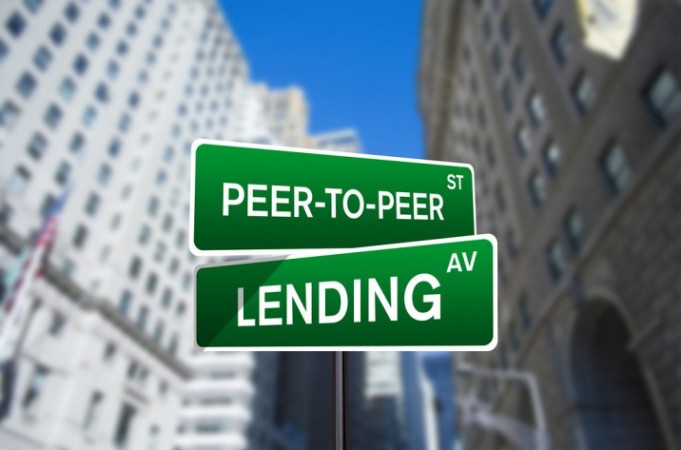The peer–to-peer loan mechanism is very simple. Just like every loan, peer-to-peer lending loans require a certain amount of risk. The simplest way to reduce this risk is to thoroughly analyze the way in which peer-to-peer companies allocate credit rates and diversify funds through several loans.
A peer-to-peer loan is a loan between individuals, which circumvent the conventional position of lending money to a bank in the form of CDs or deposits or borrowing money from a bank. Also, it encourages “ordinary Joe’s” to play the banker’s position and to take the same risks.
Working of peer-peer lending
Peer-to-peer lending entails a borrower filing for a loan, and borrowers vying to finance the loan. In the Prosper scenario, a creditor applies for a loan first. Then their credit risk and other considerations are weighed and reported to borrowers. Borrowers decide whether they want to check and bid on loans. When there are enough borrowers to finance the loan, Prosper transfers the money to the borrower and sells debt parts to the borrowers. In reality, borrowers buy the portion of the loan. They buy loans that have a low risk by diversifying over many loans. The mechanism can vary somewhat between different firms offering P2P loans, but the idea is identical.
Benefits of peer-to-peer lending
There are several benefits of peer-to-peer lending. These benefits include:
Borrowers benefit because they can access credit, sometimes at a lower interest rate than they would have been able to receive from a bank. Loans may also be offered to lenders at higher terms, as the debt is associated with fewer interest expenses.
Lenders profited because they also get better returns on their investments than they would have gotten by putting the money in a Dvd. 9-12% returns are not rare, although the exact outcomes can vary. Peer-to-peer lending companies like Prosper or Lending Club are benefited because they take a limited fraction of the originating expense of loans.
The risk involved in peer-to-peer lending
The P2P loan mechanism is free, and just like every loan, peer-to-peer loans require a certain amount of risk. The simplest possible way to reduce this risk is to thoroughly analyze the credit rates allocated by P2P companies and diversify the funds through several loans. If you’re going for peer-to-peer lending companies like Prosper or Lending Club, you will face the same level of pressure as faced by using bank services but on a smaller scale.
Companies offering peer-to-peer lending
There are quite a few firms across the world, offering P2P lending. The most popular peer-to-peer borrowers in the U.S. include:
- Lending Club
- Prosper
- Funding Circle
- Kiva (Kiva provides loans to individuals in developing countries. Borrowers just get their principal back, so they don’t gain interest. This is seen more as doing something positive for the money and giving individuals an opportunity to get loans easily).
Conclusion
Peer-to-peer (P2P) loans are a borrowing alternative that avoids using a conventional bank or credit union. If you are in the hunt for a borrower, testing P2P borrowers is worthwhile when you browse around.









